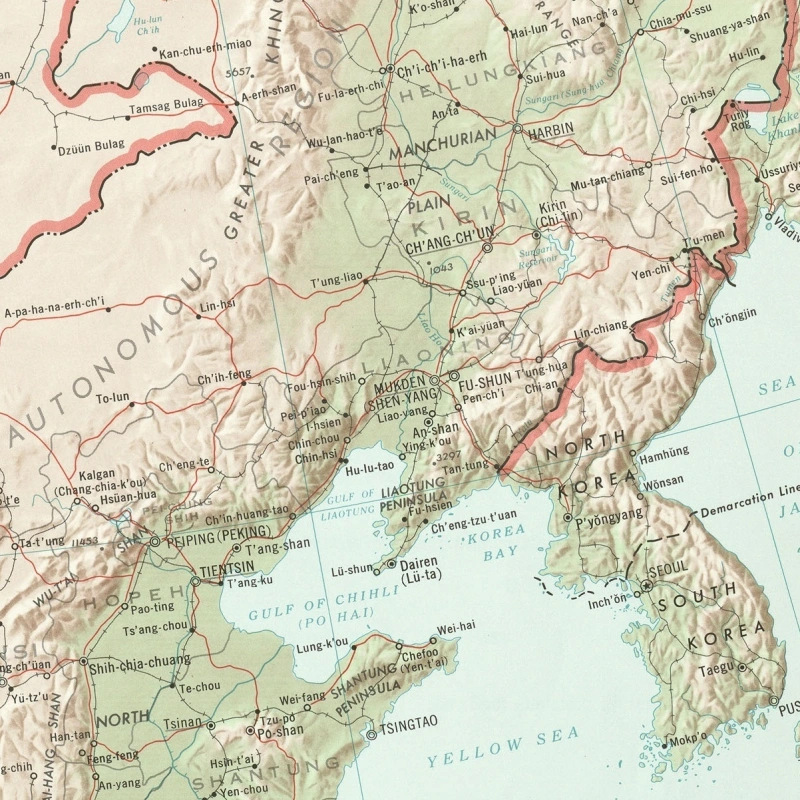I listened to something around 350 albums for the first time in 2020; these are the ones that stand out most in my memory. Most of them were not newly issued this year, but I’ve listed them in reverse chronological order by original release date to highlight the more recent stuff:
- Sun Ra Arkestra – Swirling (2020). A loving and lovable repertory recording that takes Sun Ra’s instrumental miniatures and expands them in new directions. What stands out is how full of joy and good cheer the Arkestra is, so unlike the po-faced seriousness of much of the jazz avant-garde.
- Vin Gordon – African Shores (2019). A new recording by the great Jamaican trombonist, who played on many classic 70s sessions with Lee Perry and others, is an event. He’s ably assisted by the reggae-loving British saxophonist Nat Birchall, and together they deliver classic spacey rhythms.
- Junius Paul – Ism (2019). A sprawling, glorious mess. The music spans the gamut from free bop to funk, all grounded by Paul’s monstrously rhythmic bass playing.
- Kim Kashkashian – J.S. Bach: Six Suites For Viola Solo (2018). This adaption of Bach’s cello suites for the viola is beautifully played, and succeeded in making me hear these classic pieces differently.
- Coleman Hawkins – The Middle Years: Essential Cuts 1939-1949 (2018). The inventor of jazz saxophone displays unceasing daring and invention on this huge trove of classic recordings. Probably Hawkins’ best period.
- Tony Allen – The Source and Tribute to Art Blakey (2017). On these late-career albums for Blue Note, Allen’s music is more compact in length and instrumentation than the long jams he played with Fela Kuti. His drumming is masterful, subtle and propulsive at once. Allen led a band from behind the drum kit as well as anyone since Blakey; he was one of our many losses of 2020.
- Matthew Shipp – Not Bound (2017). Free jazz that simmers rather than boils. Shipp is one of the most consistently interesting and listenable pianists in the avant-garde.
- John Tchicai – Tribal Ghost (2013). The Danish saxophonist, an elder of the 60s avant-garde, convenes a sympathetic group with fellow elders Cecil McBee and Billy Hart along with saxophonist Charlie Kohlhase and guitarist Garrison Fewell from a somewhat younger generation. The Free Jazz Collective rated it the seventh-best album of the 2010s.
- Bill Dixon – With Exploding Star Orchestra (2008) and Papyrus Vol. I & Vol. II (1998). Maximalist and minimalist contexts for Dixon’s extraordinary trumpet sounds, which are equally gorgeous in front of Rob Mazurek’s large ensemble, or playing duets with drummer Tony Oxley.
- Steve Lacy & Roswell Rudd – Early and Late (2007). Rudd’s New Orleans-inspired growls and smears on trombone are the perfect foil for Lacy’s tart, angular lines on soprano sax; together they make for one of the best front lines in jazz.
- Bennie Maupin – Penumbra (2006). Perhaps the finest single example of Maupin’s bass clarinet playing, which was made famous on Miles Davis’ Bitches Brew but has been recorded too seldom since. He also plays flute, tenor, soprano and a bit of piano, all backed by much loose, delicate percussion.
- Roland Kirk – Kirk in Copenhagen (1991). You’re best off seeking out the full concert recording, released as discs 5 and 6 of the Complete Mercury Recordings and readily available on streaming platforms. Kirk’s sustained exuberance is a marvel; you can hear the audience laughing in delight, the only appropriate reaction to this music.
- Dr. John – Dr. John Plays Mac Rebennack: The Legendary Sessions Vol. 1 & Vol. 2 (1981). These mostly solo piano tracks, with a few vocals, highlight the late Doctor’s artistry and deep connection with the New Orleans tradition.
- Gregory Isaacs – Slum In Dub (1978). A classic piece of dark dubbing goodness, every track is a gem. Thanks to my local reggae DJ for turning me on to this one.
- Funkadelic – Funkadelic (1970). The rule of thumb for rock bands is that the first album is always the best, and that rule holds for George Clinton’s experiment with using a guitar-heavy rock lineup to play his soul and funk tunes. Funkadelic delivered occasional great tracks after this, but their debut is the most consistently enjoyable.
- Gigi Gryce – Nica’s Tempo (1955). A somewhat obscure but nearly perfect piece of modernist 50s jazz. Gryce’s arrangements are the highlight, there are a couple of wonderful vocal numbers by Ernestine Anderson, and some surprising quartet tracks with Thelonious Monk. Another excellent Monk-adjacent recording is Introducing Johnny Griffin (1956); Griffin played on some of Monk’s best albums and his virtuoso chops are on full display here.


Who was the artist that made the comic
It’s the great Robert Crumb, naturally.